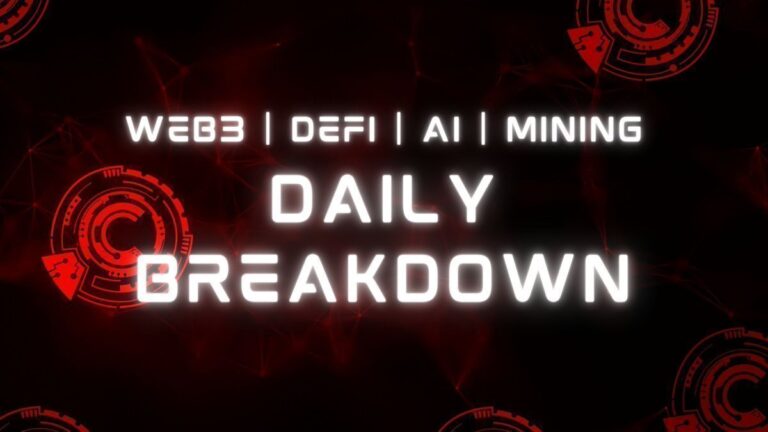
As 2023 unfolds, the cryptocurrency market is at a pivotal juncture, grappling with the aftermath of 2022’s upheavals. However, the foundational principles supporting Bitcoin and other crypto-assets remain robust, indicating a promising future.
Bitcoin Price Trends and Analysis
Bitcoin, despite its notorious volatility, has consistently demonstrated impressive long-term returns. An analysis reveals that consistently investing a fixed amount in Bitcoin daily would have resulted in positive returns from any starting point in its history, including during its November 2022 valuation of $35,000. Intriguingly, Bitcoin’s recent performance has shown resilience, contradicting claims about its risk profile when compared to traditional assets like long-dated bonds.
Experts argue that Bitcoin’s inherent scarcity and the costs associated with its production are key to its sustained value. This perspective contrasts with traditional bonds, where long-term lending in fiat currencies is viewed skeptically. Although bonds might have reached their peak in 2020, they still hold potential for short-term profitability, given improving fundamentals.
Regulatory Landscape and Mainstream Adoption
The prospect of a Bitcoin spot ETF gaining approval is anticipated to bolster institutional engagement. Advocates for Bitcoin are proactively engaging with regulators, marking a shift from earlier years when concerns about security, scalability, and development potential dominated. The growing recognition of Bitcoin’s composability and programmability highlights its maturing ecosystem.
Artificial Intelligence and Bitcoin’s Technological Advancements
The use of artificial intelligence in analyzing Bitcoin data is gaining traction, with potential to significantly advance Bitcoin’s technology. One such development is BitVM, which facilitates off-chain computation linked to the Bitcoin blockchain. This innovation mirrors smart contract functionality without the need for extensive on-chain scaling. BitVM, akin to the introduction of the Lightning Network in 2018, holds immense potential for further innovation, particularly when combined with AI, in areas like decentralized finance.
Energy Utilization and Sustainability
Bitcoin mining’s energy consumption is steering the industry towards more efficient and sustainable practices. Miners are increasingly drawn to cheaper and underutilized energy sources, often renewables, aligning with environmental objectives. Bitcoin’s mining difficulty adjustments are poised to phase out less efficient miners, favoring those who maintain a sustainable edge.
Introduction of Hashrate Derivatives
The emerging market of hashrate derivatives offers miners a mechanism to hedge against future production risks. This market, primarily operating in Bitcoin, features trusted counterparties that regulate risk, mirroring traditional financial markets. These derivatives could play a crucial role in reducing the cyclical nature of the mining industry in future market cycles.
A Bright Future Ahead
In summary, the landscape for Bitcoin and crypto-assets is poised for significant growth and innovation. The core principles of Bitcoin – being open, decentralized, and trustless – continue to attract interest and foster development. Despite ongoing challenges, the outlook for Bitcoin and the broader crypto market is optimistic, with a focus on financial sovereignty and technological advancement. For those seeking financial independence and innovation, the realm of Bitcoin and cryptocurrencies offers a promising horizon.
Thank you for reading “The Future of Bitcoin and Crypto Assets“.
- Subscribe to our newsletter: ConsensusProtocol.org
- Follow us on Twitter: @ConsensusPro
Sources:




